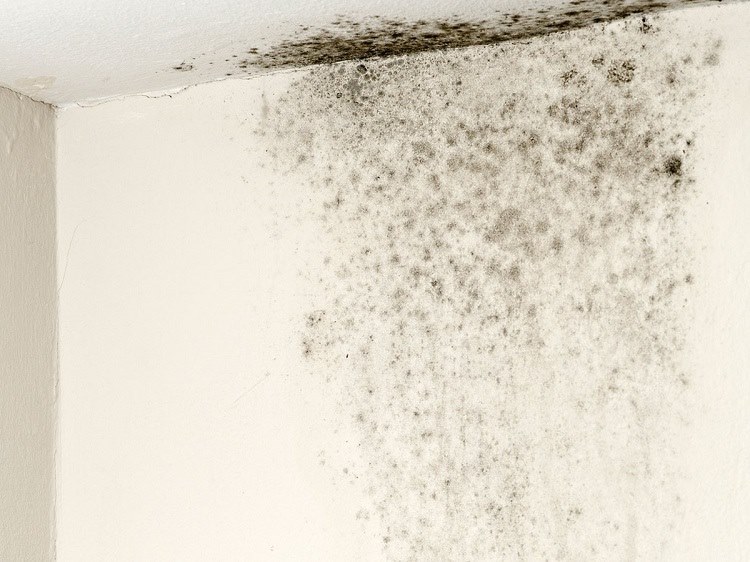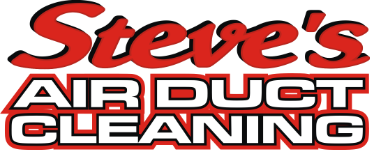Early Signs of a Black Mold Problem - and What to Do Next

Mold is a common problem that is often overlooked, sometimes to the detriment of the homeowner. Mold thrives in dark, damp areas that are out of sight and mostly out of mind. But it can also appear around vents in the kitchen and bathroom, and around heating units that produce condensation. A particularly troublesome type of mold is called "black mold". Troublesome because its spores have been linked to numerous health problems. In this post, the team from Steve's Air Duct Cleaning is going to examine the early signs of a black mold problem and propose some solutions.
Black Mold: What Is It?
There are more than 100,000 types of mold in the world. In a way, you could say it's the mold's world and we're just along for the ride. Of those 100,000 types about a dozen commonly find their way into the average home. Some, like penicillium (yes, the same mold that penicillin is derived from), are classified as allergens. Their spores can get into the HVAC system and spread throughout the house causing allergies or exacerbating existing respiratory problems like asthma and bronchitis.
Others, like Stachybotrys (black mold), are classified as toxigenic, meaning they have the potential to cause severe health problems including shortness of breath, sinusitis and depression. But that's not all. Black mold exposure also has the potential to produce heart problems including an irregular heartbeat, inflammation of the heart, and more.
Stachybotrys is not always a dark black color. Sometimes it can appear dark green. It typically has a fuzzy or slimy texture to it and appears in areas that are persistently damp, including around HVAC vents and around the heating and cooling unit in the basement. If you think you have black mold around your heat registers, the furnace or the exhaust fan in the bathroom it's time to call the team at Steve's to discuss air vent cleaning or general HVAC cleaning in Arvada.
Signs You Might Need HVAC Cleaning
As we said in the opener sometimes black mold is right out there for everyone to see. But oftentimes it's hidden around the HVAC unit in the basement where people rarely go. “Well”, some might say, “If no one ever goes down there then it's not a problem, right?” Wrong. Spores from black mold can be sucked into the HVAC unit and distributed throughout the house. The only way you will know if it's happening is if you keep your eyes and nose to the wind. Here are some signs that you may have a black mold problem.
Your House Smells Musty
That musty smell in old homes is not father time's body odor, it's mold. Black mold has a very particular musty smell to it that sometimes takes on the air of rotting veggies. If your house has taken on a musty smell it's time to call Steve's.
You Notice Black Spots on The Walls Around Air Vents
The air that's pulled into the bathroom exhaust is extremely damp. Not all of it makes it into the ductwork. Some remains behind on the wall around the vent cover. There it can fuel the growth of black mold colonies that appear as dark green, dark brown or black spots. At first, the spots will be small and inconspicuous. In time, however, they can expand and merge and take on a furry appearance. When that happens you have a serious mold infestation.
You Have Water Damage on The Walls or Ceiling
If you recently experienced a leak in your roof, a burst pipe or some degree of minor flooding there may well be visible water damage on your walls and ceilings. You may just take them for granted and put them on the list of areas to paint at a later date. But you should inspect them carefully before you dismiss them. Black mold loves to set up shop in areas that have been consistently wet for a prolonged time. If your inspection finds dark spots that look like the beginnings of mold colonies, call Steve's before the problem gets out of hand.
How to Get Rid Of Black Mold: The Hard Way
There are 2 ways to get rid of black mold in and around components of your HVAC system. First, the hard way.
The hard way to get rid of black mold is to try and remove it yourself. If you plan on doing so you'll need to have the right equipment including latex gloves, goggles, a respirator and full-coverage clothing. You'll need to close off the affected area and scrub it with a disinfectant such as hydrogen peroxide or white vinegar all the while making sure you don't expose yourself to the spores.
If that prospect doesn't appeal to you there is always the easy way. That entails picking up the phone and calling Steve's Air Duct Cleaning. We've been helping Colorado homeowners keep their homes looking great and hygienic for nearly 45 years. Our expertly trained field technicians will diagnose the problem quickly and accurately and recommend a course of action to get rid of any black mold.
If there is scrubbing to be done, we'll do it for you and at the end of the day, your home will be restored to its naturally healthy, happy state. If you are experiencing HVAC-related mold problems there's no need to search for "duct cleaning near me”. Just pick up the phone and call Steve's at (720) 419-7792 or email us at stevesairductcleaning11@gmail.com.
Start Breathing Easier.
Your air ducts are the lungs of your home and keeping them clean keeps you and your family healthier and your HVAC equipment working optimally.


